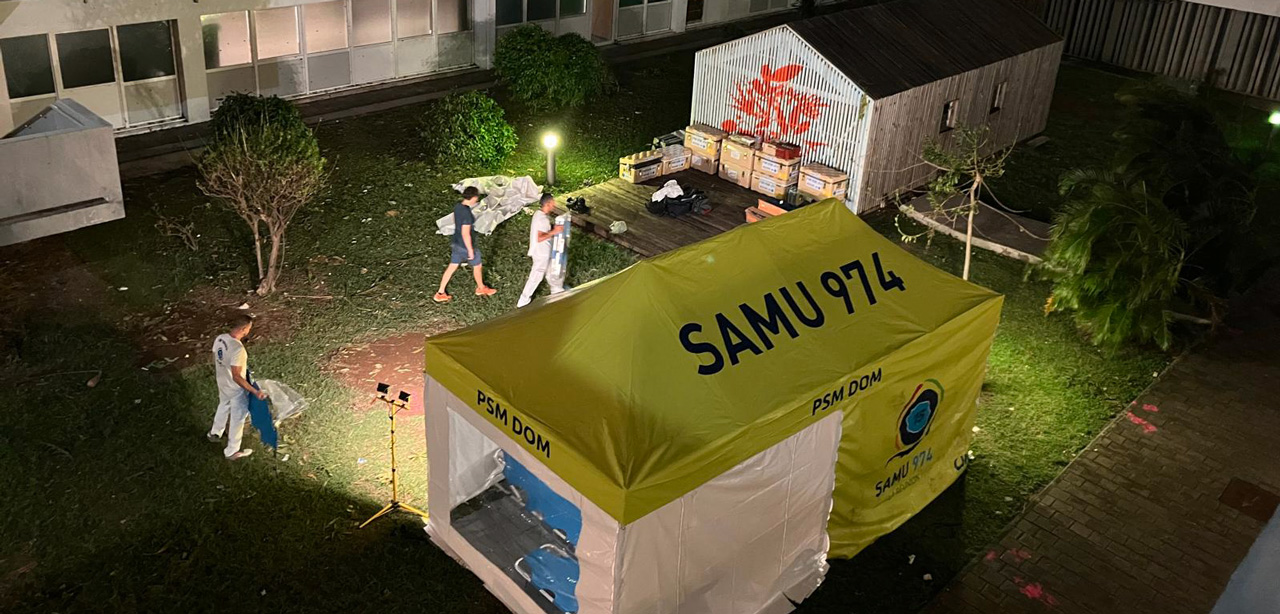Objective: Hepatitis E virus (HEV) has been scarcely investigated in the Indian Ocean. Following a nationwide serosurvey among blood donors, we conducted a population-based serosurvey to assess the magnitude of HEV exposure on Reunion Island. Methods: four hundred and sixty-six archived frozen human sera from the 2009 CoPanFlu-RUN cohort were analysed using the Wantai HEV IgG enzyme immunoassay. HEV seropositivity was defined as an IgG titre ≥5 UI/ml. Raw and weighted seroprevalences were assessed to account for the discrepancy between the CoPanFlu-RUN subset and the general community. Prevalence proportion ratios (PPR) were measured using log-binomial models. Results: the raw and the weighted seroprevalences of HEV were 9.01% (95% CI 6.41-11.61) and 6.73% (95% CI 4.47-8.98), respectively. The presence of HEV IgG antibodies was associated with increasing age (P < 0.001). In a survey-adjusted model minimizing the sampling bias and adjusting for age, males were more likely to be seropositive than females (adjusted PPR 2.59, 95% CI 1.07-6.25). Seropositivity was spatially heterogeneous across the island (P < 0.01). Living in the neighbourhood of a pig farm within a low to intermediate slope area was associated with seropositivity in several models adjusting for age, gender, altitude of residency and interaction between slope and pig farms. Conclusion: Reunion Island is a low endemic area for HEV exposure. Despite limitations related to the retrospective study design, our findings confirm the roles of cumulative lifetime exposure and male gender in HEV exposure. The risk associated with neighbouring pig farms might also suggest environmental contamination in this setting.
Auteur : Gérardin Patrick, Porphyre Vincent, Tsatoromila Anita, Cuissard Laurent, Becquart Jean-Philippe, Boussaid Karim, Bertolotti Antoine, Naze Florence, Picot Sandrine, Filleul Laurent, Tortosa Pablo, Jaubert Julien, Guernier Vanina, Pascalis Hervé
One Health, 2019, vol. 8, p. 1-5


